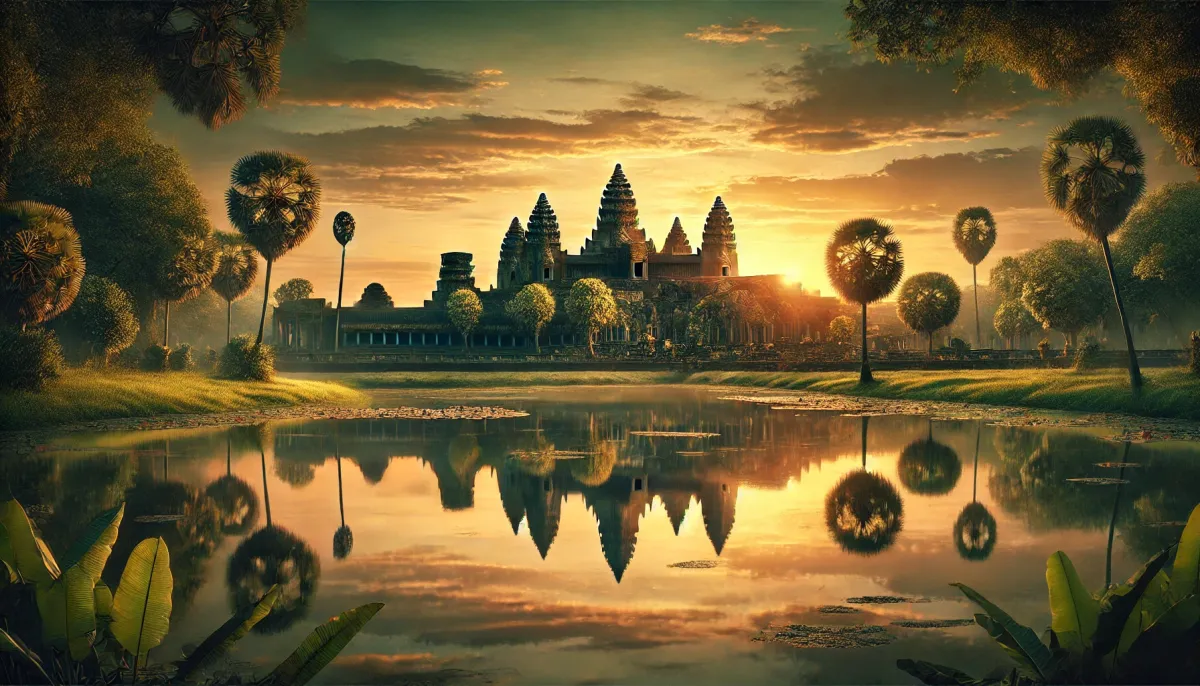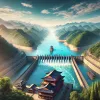Cambodia. The name conjures up images of ancient temples, lush jungles, and vibrant culture. But it's also a country grappling with a complex history and modern challenges. As an American backpacker who's spent a considerable amount of time exploring Asia, I'm fascinated by Cambodia's duality. It's a place where the echoes of a glorious empire coexist with the scars of recent trauma. This makes it a compelling, albeit complicated, destination for Western travelers, especially Americans seeking an experience far removed from the familiar.
From Empire to Angkor Wat: A Journey Through Time
Cambodia's history is a tapestry woven with threads of both grandeur and hardship. The Khmer Empire, once a dominant force in Southeast Asia, left behind an incredible legacy, most notably the magnificent Angkor Wat. This sprawling temple complex, a UNESCO World Heritage site, is a testament to the architectural and artistic prowess of the Khmer civilization.
I remember my first visit to Angkor Wat. The sheer scale of the structure, the intricate carvings, and the serene atmosphere left me speechless. It's easy to see why it's considered one of the wonders of the world. Beyond Angkor Wat, the surrounding area is dotted with numerous other temples and ruins, each with its own unique story to tell. From the enigmatic faces of Bayon Temple to the jungle-clad Ta Prohm, exploring these ancient sites is like stepping back in time.
Beyond the Temples: Cambodia's Diverse Cities
Cambodia is more than just its ancient ruins. Its cities offer a glimpse into the country's vibrant culture and evolving landscape. Phnom Penh, the capital, is a bustling metropolis with a blend of French colonial architecture and modern developments. Siem Reap, the gateway to Angkor, is a tourist hub, but it retains its charm with its bustling markets and vibrant nightlife. And then there's Battambang, a quieter city known for its bamboo train and laid-back atmosphere.
| City | Key Features |
|---|---|
| Phnom Penh | Capital city, blend of old and new, Royal Palace |
| Siem Reap | Gateway to Angkor, tourist hub, vibrant markets |
| Battambang | Bamboo train, laid-back atmosphere, colonial architecture |
The Tonle Sap Lake: A Lifeline and a Home
The Tonle Sap Lake, Southeast Asia's largest freshwater lake, plays a crucial role in Cambodia's ecosystem and economy. It's a source of livelihood for countless communities and home to a unique floating village. Visiting this village offered me a sobering perspective on the challenges faced by many Cambodians, particularly those displaced by conflict and poverty. Seeing families living on the water, relying on fishing and tourism for survival, highlighted the disparities that exist within the country.
Coastal Charms and Shadows: Sihanoukville's Transformation
Cambodia's coastline offers a different kind of beauty. Sihanoukville, once a sleepy fishing village, has undergone a rapid transformation, driven by tourism and investment. While its beaches are undeniably stunning, the city's development has also brought its share of problems, including environmental degradation and social issues.
The Dark Side: Confronting Cambodia's Past and Present
While Cambodia's beauty and cultural richness are undeniable, it's important to acknowledge the darker aspects of its history and present. The Khmer Rouge regime's brutal reign of terror left an indelible mark on the country, and its legacy continues to haunt many Cambodians. Furthermore, issues like poverty, corruption, and human trafficking remain significant challenges.
As a responsible traveler, it's crucial to be aware of these issues and to support ethical tourism practices that benefit local communities and minimize negative impacts.
Embracing the Complexity: A Call to Explore Responsibly
Cambodia is a country of contrasts. It’s a place where ancient wonders stand alongside modern challenges, where beauty and tragedy intertwine. It’s a destination that demands both appreciation and awareness. I encourage fellow travelers, especially Americans, to venture beyond the typical tourist trail and engage with Cambodia’s complexities. By doing so, we can gain a deeper understanding of this fascinating country and contribute to its sustainable future.







